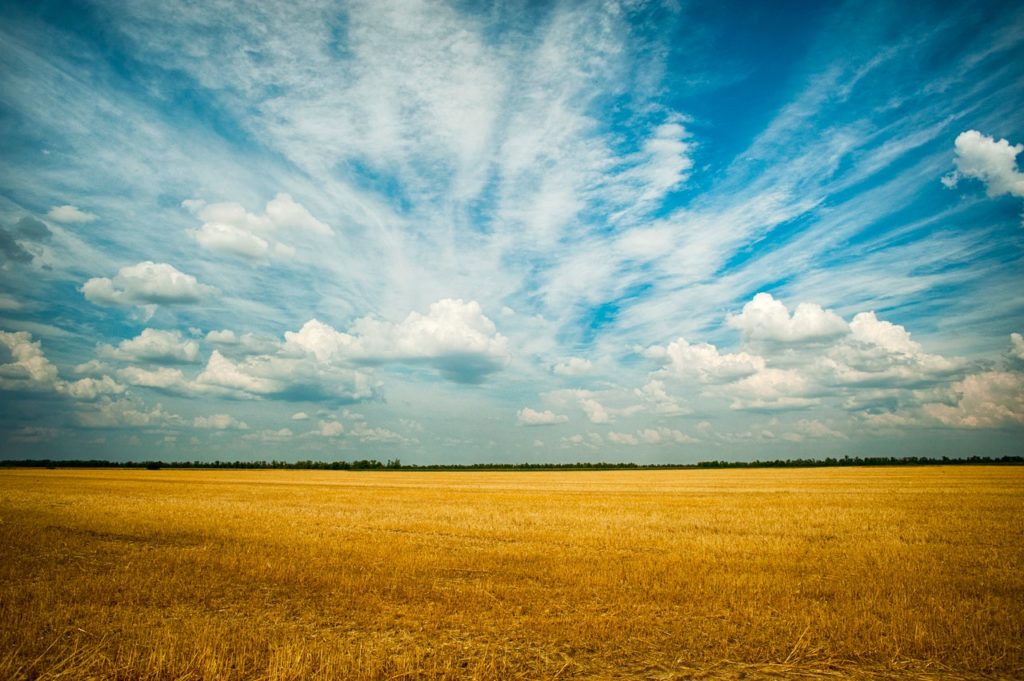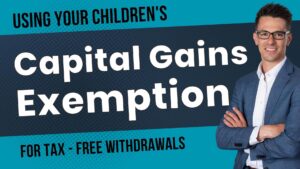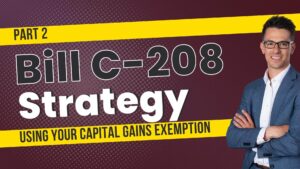My immediate response would be, who’s asking? An investor or a farmer? Because their goals for the farmland are completely different. Farmers have multiple reasons why farmland would be a good investment beyond simply looking at the rate of return. For this analysis, let’s look at it from the perspective of an investor. This could be someone who’s no longer farming but still owns farmland or someone who’s inherited farmland and is wondering what to do with it.
My assumptions are:
- One acre is worth $6,000
- One acre produces a rental income of $130.
Dividing $130 by $6,000 gives us an annual rate of return of approximately 2.17%. Is this a good rate of return? Let’s compare to alternative investments.
GICs and Savings Accounts
Interest rates are low these days, but it’s possible to find GICs and savings accounts that are paying 2.50% per year. Investing $6,000 in a GIC that’s paying 2.5% would generate $150. An increase of $20 over farmland rental income.
Stocks
There are many stocks to choose from, but let’s keep it simple and pick RBC, one of the biggest companies in Canada. RBC pays dividends of approximately 3.70% per year. Investing $6,000 in RBC stock would generate dividends of $222 per year. An increase of $92 over farmland rental income.
Analysis
With farmland valued at such high prices these days, rental income no longer seems to be a good rate of return when compared to alternative investments. The difference can be quite substantial when working with larger numbers. On farmland that’s worth $1,000,000, the difference between earning 2.17% ($21,700) & 3.70% ($37,000) is quite significant, a difference of $15,300 per year!
Other Considerations
Making things slightly worst for farmland is the annual property taxes that must be taken into consideration. If the rental income is $130/acre, what is the net rental income after property taxes have been paid? That’s the number that should be divided by $6,000 to get a true rate of return.
Summary
To calculate your farmland rate of return, divide your net rental income by what you believe your farmland is worth. If you’re below 2.50%, you should be increasing your rent or maybe considering different investment options.
What about the farmland appreciation?
You’re right; I haven’t considered that yet. Make sure you keep an eye out for “Is Farmland a Good Investment? Part 2” coming out next week. I’ll factor in the value of your farmland increasing over time into your overall rate of return to come up with a final conclusion.









